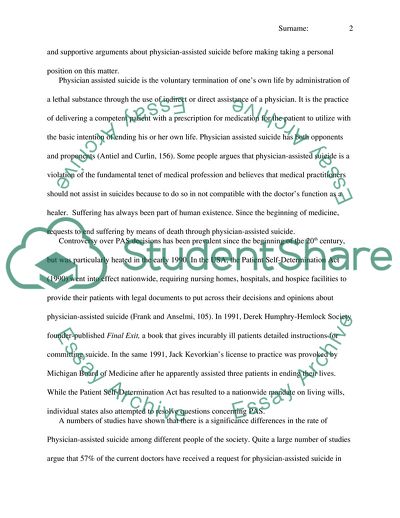Cite this document
(The Positives and the Negative Aspects of Physician Assisted Suicide Research Paper, n.d.)
The Positives and the Negative Aspects of Physician Assisted Suicide Research Paper. https://studentshare.org/health-sciences-medicine/1796536-physician-assisted-suicide
The Positives and the Negative Aspects of Physician Assisted Suicide Research Paper. https://studentshare.org/health-sciences-medicine/1796536-physician-assisted-suicide
(The Positives and the Negative Aspects of Physician Assisted Suicide Research Paper)
The Positives and the Negative Aspects of Physician Assisted Suicide Research Paper. https://studentshare.org/health-sciences-medicine/1796536-physician-assisted-suicide.
The Positives and the Negative Aspects of Physician Assisted Suicide Research Paper. https://studentshare.org/health-sciences-medicine/1796536-physician-assisted-suicide.
“The Positives and the Negative Aspects of Physician Assisted Suicide Research Paper”. https://studentshare.org/health-sciences-medicine/1796536-physician-assisted-suicide.


